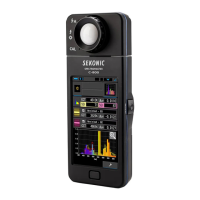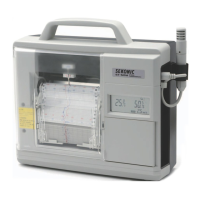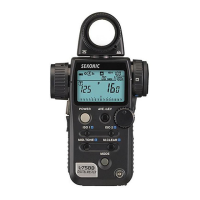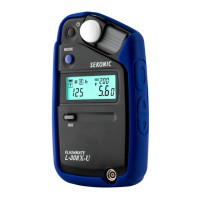185
9. Appendix
9.
Appendix
9-1 Glossary
Term Description
Color
Temperature
Color temperature refers to the chromaticity of a heated object (commonly
refer to as a black body) that will vary according to its temperature. The color
temperature is measured in units of Kelvin (K) and refers to the temperature of
a heated object at a given color or chromaticity.
The higher color temperature is, the bluer the light, and the larger the Kelvin
value becomes. The lower the color temperature is, the redder the light, and
the smaller the Kelvin value becomes.
A gure that plots the changes of color temperatures on an xy chromaticity
diagram is called the black body radiation locus.
Correlated
Color
Temperature
Not all light sources match the black body radiation locus when measuring light
sources.
In this case, the correlated color temperature is used. The correlated color
temperature is a color temperature obtained by drawing an isotemperature line
from the black body radiation locus which matches the measured value.
Photographic
Color
Temperature
Color temperature calculated by using the ratio of R, G and B characteristics
obtained by measurement to match to the characteristic of lm.
Light
(Visible light)
This refers to the electromagnetic wavelength ranging from 380nm to 780nm
that can be detected by the human eye.
Black Body
Theoretically, this is an object that absorbs all wavelengths and when heated,
emits light equivalent to the applied color temperature.
Black-body
Radiation
This refers to the light emitted by a black body.
The amount of energy released for each wavelength changes with the applied
color temperature, resulting in visible color variations.
K
Expressed in absolute Kelvin temperature, with units of "K". 0 (zero) K is
equivalent to -273.15 °C or -459.67 °F.
uv
The deviation between the correlated color temperature and the black body
radiation locus.
When the correlated color temperature is above the black body radiation locus,
a "+" sign is assigned; when below, a "-" sign is assigned.
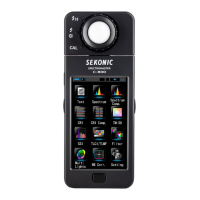
